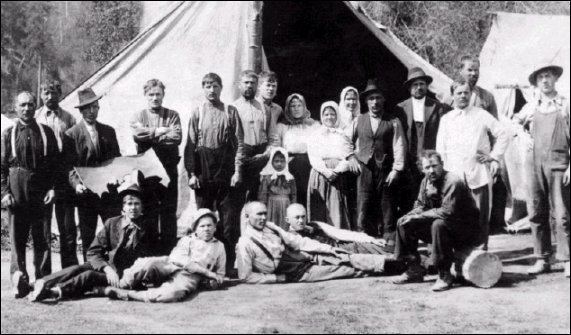 | ||
Freedomites how to pronounce it
Freedomites, also called Svobodniki (Russian: "free people"), and later called the Sons of Freedom, first appeared in 1902 in Saskatchewan, Canada, and later in the Kootenay and Boundary districts of British Columbia, as a groups of zealots that separated from Doukhobors. Of about 20,000 active Doukhobors in Canada today, ancestors of about 2,500 were Freedomites, of which very few today identify with or practice zealous protesting, and many joined Community Doukhobors (USCC).
Contents
- Freedomites how to pronounce it
- Civilization v historical recreation wwi edition episode 100 filthy freedomites
- Doctrine
- Public protest
- Operation Snatch timeline of actions taken
- Operation Snatch additional information
- References
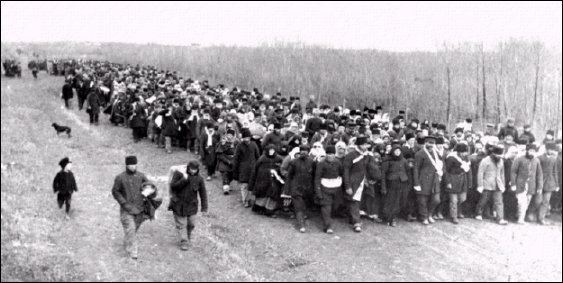
Confusion with Doukhobors arouse because they all moved to Canada together to escape religious persecution in Russia, and seek land and freedom, but a few very agitated persistent men unsatisfied with broken promises by the Canadian government attempted to trek back to Russia, which divided the people. Journalists later used the term Sons of Freedom to simplify media sensationalism to sell newspapers in British Columbia.
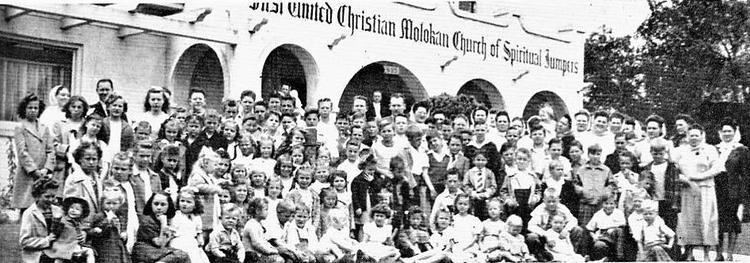
Civilization v historical recreation wwi edition episode 100 filthy freedomites
Doctrine

Their prayer meetings are similar to other Spiritual Christian protestants from Russia. They meet in simple buildings, sit on benches, pray in Russian, sing religious hymns and songs in Russian, and speak about matters of religious and community interest mostly in Russian. The ideals of the Freedomites emphasized very basic traditional Russian communal living and action (growing food, building homes, living a peaceful rural life), ecstatic religious doctrine (in the past) when agitated for protest, and anarchic attitudes towards external regulation.
Public protest
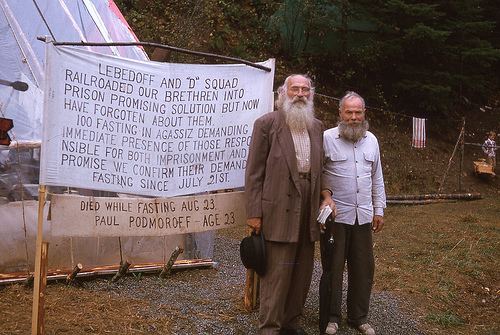
Although Canada at first provided a more tolerant religious environment than the Russian Empire, conflict soon developed, most importantly over the schooling of children and land registration. These Svobodniki (Russian: free people) generally refused to send their children to government-run schools; the governments of Saskatchewan and later British Columbia did not heed reports by sociologists to appease the concerns of parents, and chose to legally charge many of the parents for not sending the children to school.
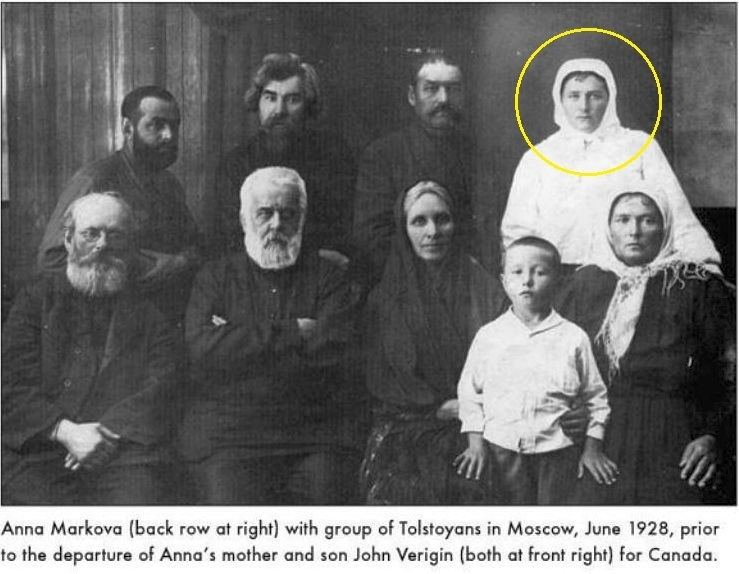
The Svobodniki became famous for various public protests—sometimes publicly burning their own money and possessions, and mostly parading in public nude. There was a doctrinal justification for nudity (that human skin, as God's creation, was more perfect than clothes, the imperfect work of human hands), but the public nudity has generally been interpreted as a form of protest against the materialist tendencies of society.
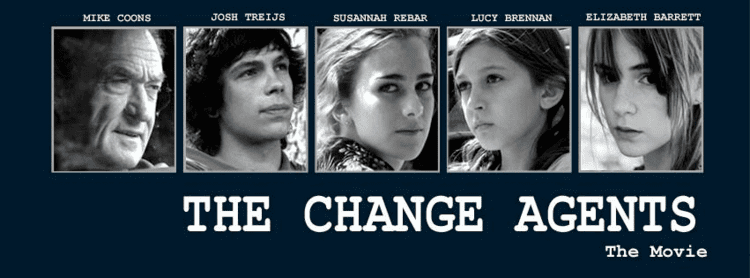
A very small minority of the Freedomites were noted for their arson campaigns, as a sign of their protest against materialistic life. They targeted belongings and other material possessions. The attacks occurred throughout the 20th century, but the periods of greatest activity were during the 1920s and 1960s. Both arson and bombing were used. The first use of explosives occurred in 1923, and 2 were killed by their own bombs in 1958 and 1962. Targets included their own property and that of other Doukhobors to further exhibit their dislike of materialism, attacks on schools to resist government pressure to school Svobodnik children, and attacks on transportation and communications. One such incident was the bombing of a railway bridge in Nelson, British Columbia in 1961. Most of these acts were committed in the nude.
Among the reactions of the British Columbia and Canadian government was taking away Freedomite children and placing them in an internment center in New Denver. Abuse of these children was later alleged, and a formal apology demanded. The BC government made an official Statement of Regret that satisfied some, but not others. The Government of Canada has not apologized for its role in the removal, saying that it is not responsible for actions taken by the government in place 50 years ago.
Operation Snatch: timeline of actions taken
Between 1953 and 1959, roughly 200 Doukhobor children, aged 7–15 year old were seized by the B.C. Government, the RCMP and the Federal Government. These children were confined in New Denver, B.C. in a prison-like setting. These Sons of Freedom children experienced a loss of their human rights throughout their imprisonment by the B.C. Government, this is what is known as "Operation Snatch". The following is a timelines of the actions that were taken leading up to, during and after the confinement of these children.
Operation Snatch: additional information
When the government made a decision to seize the Sons of Freedom children, it was in an attempt to respond to the widespread civil disorder happening in the Kootenays. The Federal Department of Justice faced two problems with the apprehension and conviction of the Doukhobors: where should the adult convicts be confined and what should be done with their children?
In the years leading up to the creation of the residential school's, the Sons of Freedom had become a concern for the province of British Columbia as a whole; they seemed to have a problem with any sort of government, in addition to the laws and policies that were being enforced. Public and Authorities were unhappy because the Sons Of Freedom did not register their births, deaths or marriages that occurred within their communities; in addition to the fact that they weren't sending their children to public schools. Public alarm was increasing, based on the fears that the unruly incidents of nude protests, burning of homes and buildings and bombings of bridges and railways, were not being attended to by the RCMP.
"It was between 5 a.m. and 6 a.m. and Elsie Ericson's mother had just begun lighting the stove when four RCMP officers barged into their tiny wooden home in the village of Krestova, B.C. The child jumped out of bed and hid under it, only to be dragged out by their feet. Elsie and her brother spent the next four years in what she said felt like a jail. They were housed with nearly 200 other in a residential school in New Denver, B.C."
